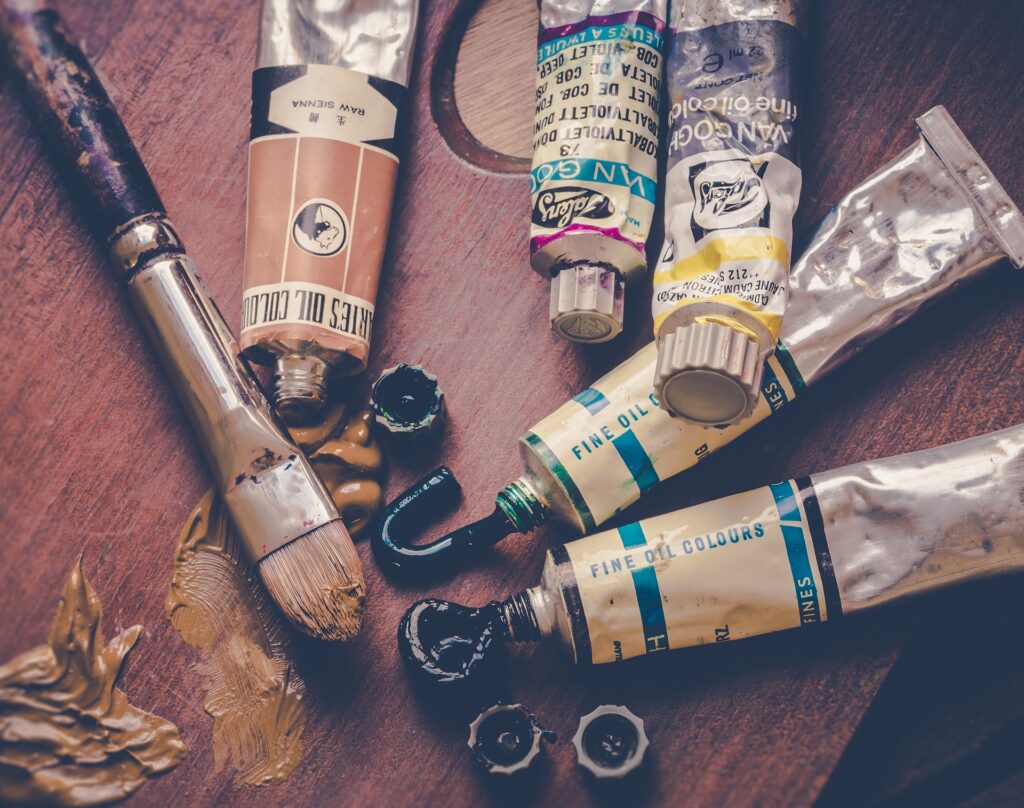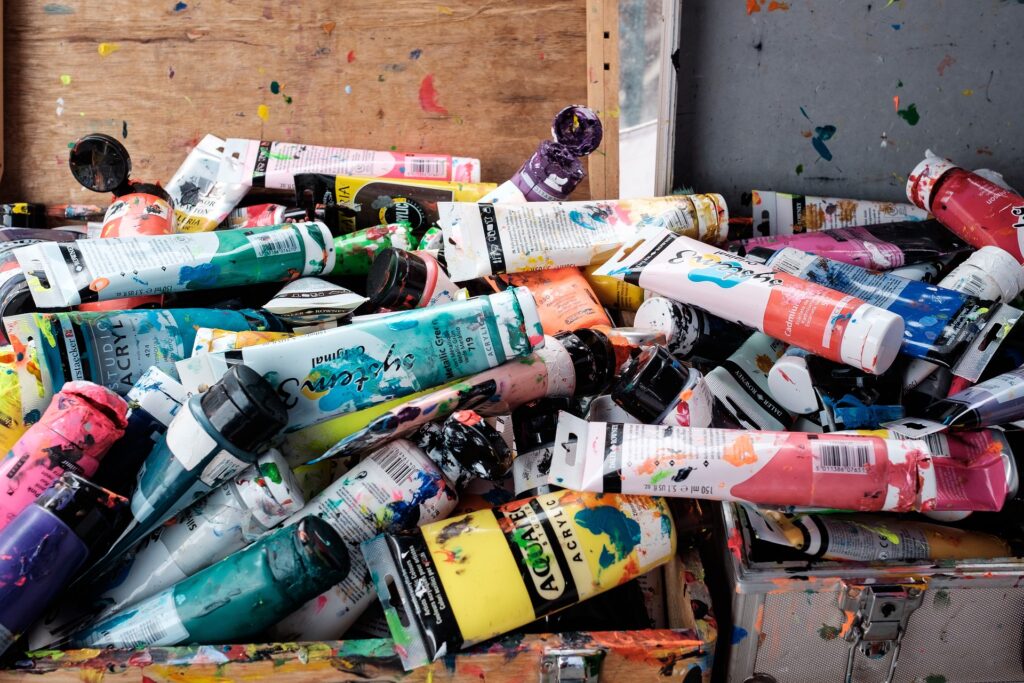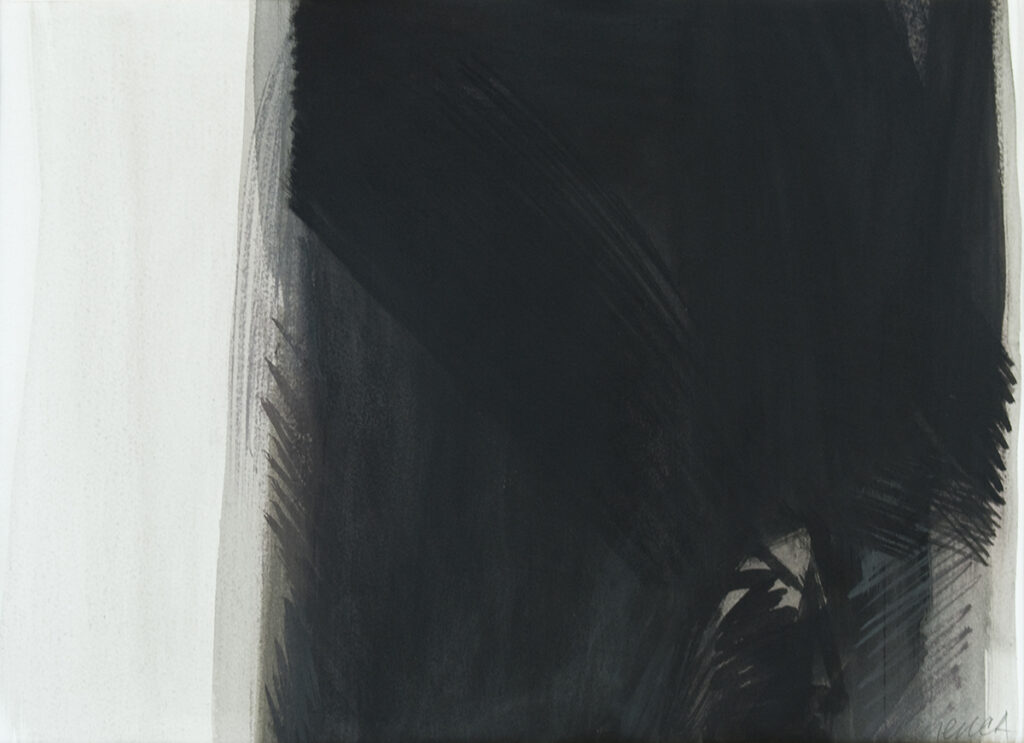Artists have long been drawn to a diverse range of mediums to express their creativity, each with its own unique history and characteristics. In this two-part series, we’ll delve into the world of wet mediums, including oil paint, acrylic paint, watercolor, and gouache, exploring their origins, properties, and notable artists associated with each.
Oil Paint
Oil painting as a medium has been used for centuries, but it became particularly popular during the Northern Renaissance in the 15th and 16th centuries. Artists like Jan van Eyck and Titian pioneered the use of oil-based pigments, allowing for greater color intensity, luminosity, and depth in their works.
Rembrandt van Rijn, a Dutch painter known for his mastery of chiaroscuro and expressive use of oil paint, is one of the most famous artists associated with the medium.
Description: Oil paint is made from pigments suspended in a drying oil, typically linseed oil. It’s known for its vibrant colors, rich textures, and slow drying time.
Usage: Oil paint is versatile and can be used on various surfaces, including canvas, wood, and paper. It’s popular among artists for its blending capabilities and ability to create luminous, long-lasting artworks.
Support: Although wood panels and paper are also used, Canvas is the most common support for oil paintings. Priming the surface with gesso provides a smooth, absorbent surface for the paint.
Pros: Versatile, vibrant colors, long working time, durable.
Cons: Slow drying time, requires solvents for cleanup.
Acrylic Paint
Acrylic paint was developed in the mid-20th century as a synthetic alternative to traditional oil and watercolor paints. It became popular among artists in the 1950s and 1960s for its quick drying time, versatility, and ability to create bold, vibrant colors.
David Hockney, a British painter known for his colorful and innovative use of acrylic paint, is renowned for his vibrant landscapes and portraits created with this medium.
Description: Acrylic paint is made from pigment suspended in an acrylic polymer emulsion. It’s known for its fast drying time and versatility.
Usage: Acrylic paint can be used on a variety of surfaces, including canvas, paper, wood, and fabric. It’s popular among artists for its quick drying time and ease of use.
Support: Acrylic paint can be applied to a wide range of supports, including canvas, paper, wood, and fabric. Primed surfaces provide the best results.
Pros: Fast drying time, versatile, water-based (easy cleanup), affordable.
Cons: Can dry too quickly, may darken as it dries, less blending time compared to oils.
Watercolor
Watercolor painting dates back to ancient times, but it gained popularity as a medium for fine art during the Renaissance and Baroque periods. It became particularly associated with landscape painting in the 18th and 19th centuries, with artists like J.M.W. Turner and Winslow Homer using watercolor to capture the beauty of nature.
John Singer Sargent, an American painter known for his masterful watercolor portraits and landscapes, is considered one of the greatest watercolorists of all time.
Description: Watercolor paint is made from pigments suspended in a water-soluble binder, usually gum arabic. It’s known for its transparent, luminous quality.
Usage: Watercolor is typically used on paper, although it can be applied to other surfaces with special preparations. It’s popular among artists for its portability and expressive qualities.
Support: Watercolor paper is specially designed to absorb water and hold the paint without buckling or warping. The cold-pressed paper provides a textured surface, while the hot-pressed paper is smoother.
Pros: Transparent, luminous colors, easy cleanup, portable.
Cons: Less forgiving than other mediums, can be challenging to control.
Gouache
Gouache, a water-based paint similar to watercolor but more opaque, has been used since ancient times. It became popular in the Middle Ages and Renaissance for manuscript illumination, and later as a medium for decorative arts and illustration.
Paul Klee, a Swiss-German painter associated with the Bauhaus movement, used gouache extensively in his colorful and whimsical abstract compositions.


Description: Gouache paint is similar to watercolor but contains a higher pigment concentration and an additional white pigment, making it more opaque.
Usage: Gouache is typically used on paper, although it can also be applied to other surfaces with special preparations. It’s popular among illustrators for its versatility and ability to cover mistakes.
Support: Gouache works best on paper, particularly watercolor paper, which can handle the paint’s opacity and layering.
Pros: Opaque coverage, matte finish, reworkable.
Cons: Less durable than oil or acrylic, can be challenging to control, and may crack if applied too thickly.
In the next part of this series, we’ll explore dry mediums like charcoal, pastels, and graphite. Stay tuned for more insights into the world of artistic expression!










